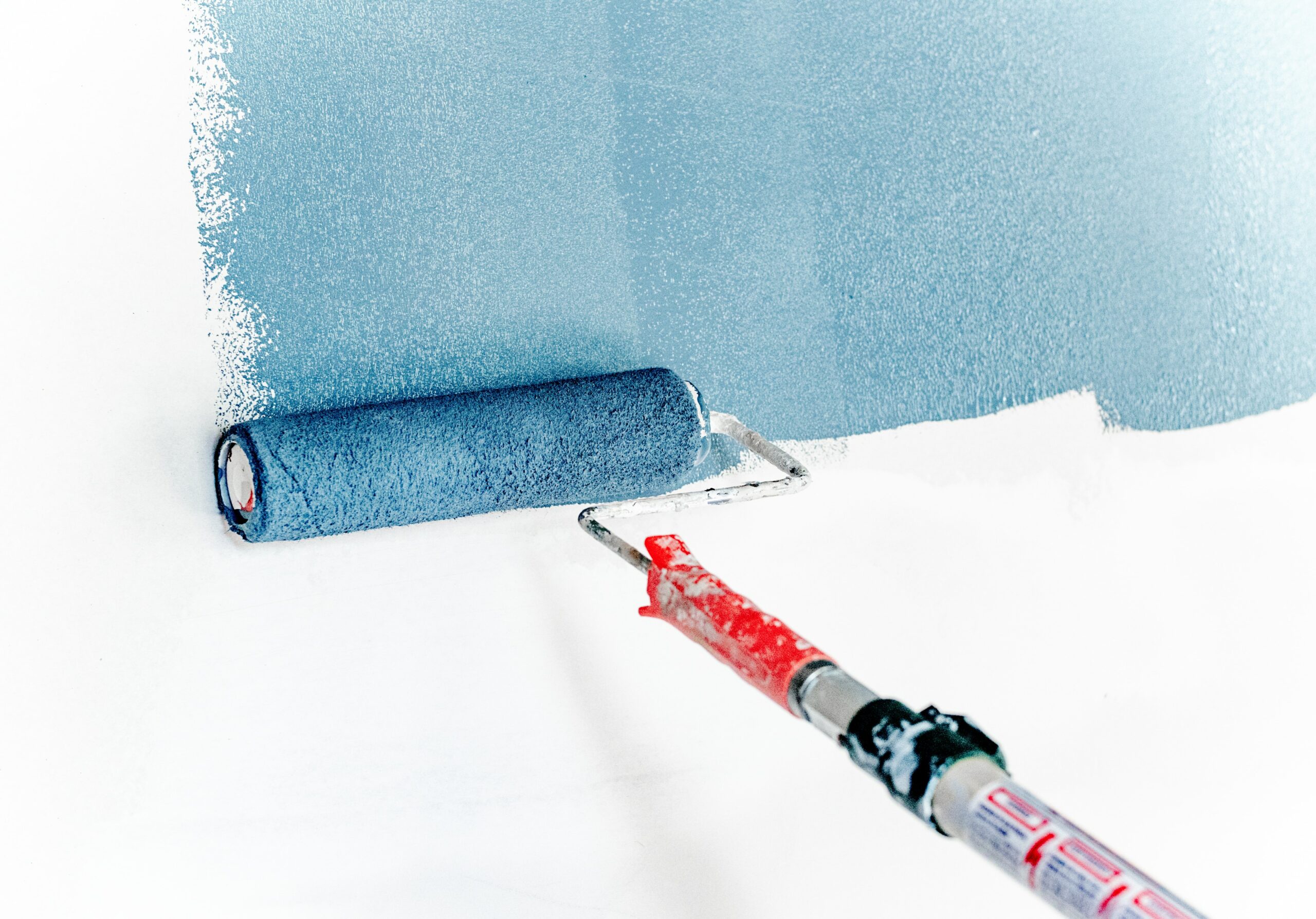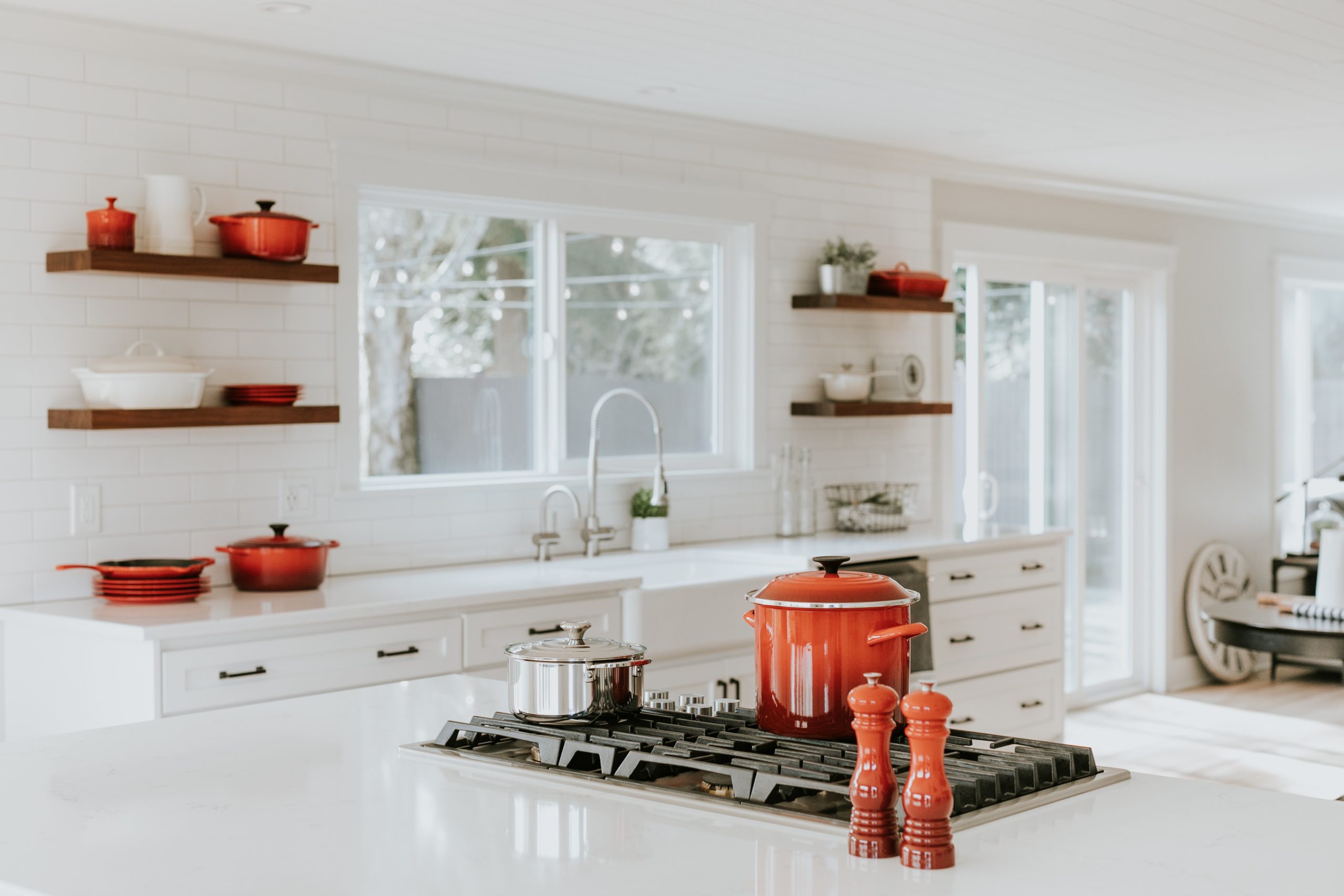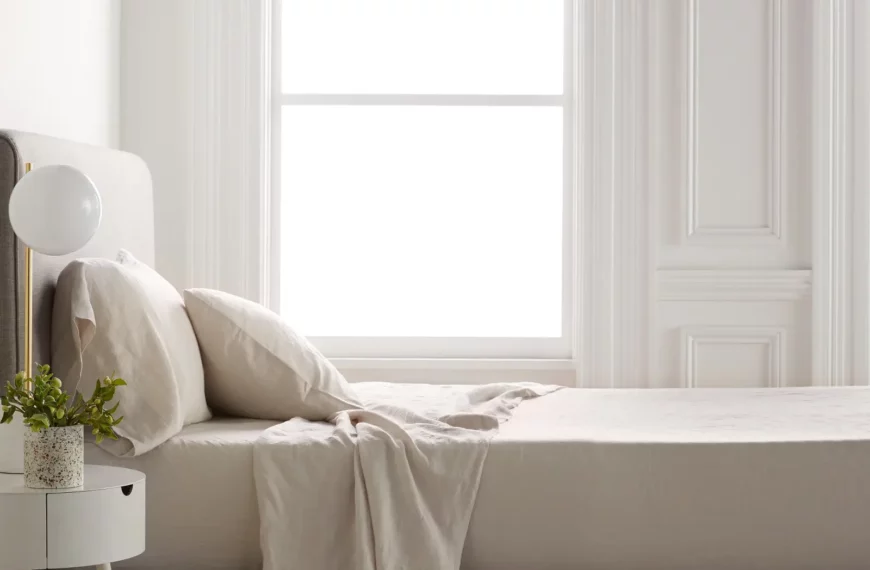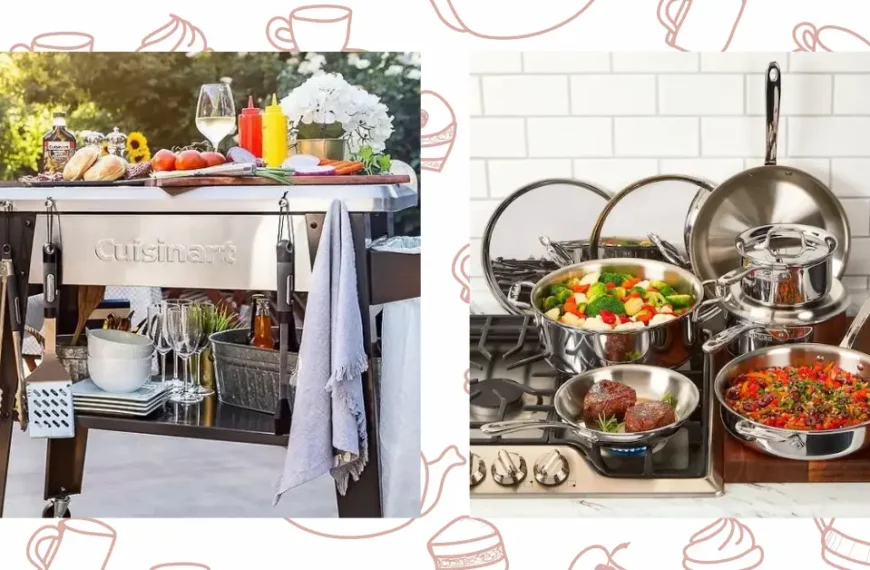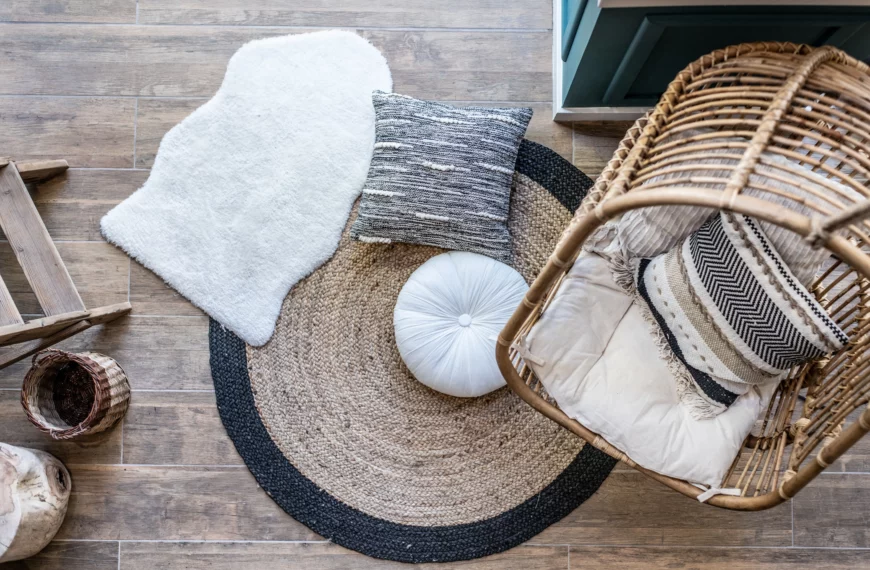One of the less obvious hard decisions that you have to make when you’re picking how to paint your house goes beyond the color of the paint you use. Deciding between a satin vs. semi-gloss paint finish to use can be critical to the overall look and feel of a room.
Keep reading our guide for everything that you need to make the decision between these two paint finishes for every room, piece of trim, and cabinet that you might be painting.
RELATED: 22 Calming Paint Colors for a Spa-Like Room
What is Satin vs. Semi Gloss? Overview
Satin paint is made of about 30% gloss and has a bit of a sheen to it. Semi-gloss has about 50% gloss, which makes it more reflective than satin paints (this makes it look a bit shinier). Semi-gloss paints are typically more durable than satin paints and hold up better against moisture, but the glossier finish makes any damage more noticeable.
Keep reading to break down the comparisons between these two types of paints and when you should use each.
Satin vs. Semi Gloss
Satin
Satin paint is typically only 30% gloss, so it has more of an eggshell type sheen than other paints. It is great for hiding imperfections in your walls or trims as it does not reflect very much light back.
One of the biggest downsides of satin paint is that it is not usually as durable or easy to clean as paints with higher sheens. They are still, however, easier to clean and more durable than flat paints that have even less gloss.
Satin paints and finishes are pretty versatile as they allow you to cover any imperfections, dents, dings, or cracks less noticeably while staying true to the paint color underneath.
Semi-Gloss
Semi-gloss paints are typically about 50% gloss and therefore have a higher sheen than most other finishes.
They reflect a lot of light, so can be very helpful in brightening up a room or making it look a little larger.
The higher gloss percentage of semi-gloss finishes makes them very durable and extremely easy to clean, which is great for rooms where the walls are likely to get messy or splattered on.
On top of that, semi-gloss is more protective against moisture, meaning it will do a better job at keeping the surface below safe from water damage than satin paints.
However, the main downside of semi-gloss finishes is the way that they easily draw attention to imperfections. Their reflective surface makes dents and cracks more obvious than paint with less gloss.
That said, semi-gloss finishes are really good at showcasing architectural aspects and can make them pop.
When to Choose Satin vs. Semi-Gloss
Best Uses for Satin Paint
Satin finishes are typically better for regular living spaces such as bedrooms, living rooms, and dining rooms. High traffic areas are more likely to get dinged up and have imperfections in the walls for which satin finish is much more forgiving.
Satin finish is also a great option for bathroom and kitchen surfaces and cabinetry that sees heavy use. They are durable enough to withstand the heavy use and wear-and-tear that often comes with kitchen and bathroom cabinetry while still being forgiving of imperfections.
Satin finishes also keep the paint looking closer to its original color than semi-gloss finishes, so they’re perfect for cabinets and areas that you want to look exactly like the color underneath the finish.
They also cause less of a glare than paints with higher gloss percentages, so any room where you’re worried about a glare would be a great candidate for a satin finish.
Best Uses for Semi-Gloss Paint
Semi-gloss paints are great for brightening up a room and making it look bigger than it is, so any room without enough light is a great place to use a semi-gloss finish.
Kitchen and bathroom walls are also good places to use a semi-gloss finish. Its durability and ability to be cleaned easily make it perfect for rooms that are most likely to get splattered, splashed, and smudged.
Semi-gloss finishes are also a great option for bedrooms and living spaces if you have young children who are likely to get the walls dirty or messy. Their ability to be wiped down quickly and easily is an asset if your walls are prone to grubby fingers.
A finish with a higher gloss is also an excellent choice for areas of your home that have architectural details to which you want to draw attention, such as an architectural trim or passageway. They can also be a great option to use for your doors as they can brighten up your doors and draw attention to the details.
Semi-gloss finish is also a good choice for exterior paint jobs such as garage doors, exterior doors, and trim. They draw the eye due to their reflectivity and are often durable enough to withstand weather conditions.
Overall
Finishes can be as versatile and require just as much creativity and vision as any other area of decorating your home, and can therefore be just as overwhelming. Knowing these basics and guidelines will help you to apply your knowledge to any area of your home and finish all of your paint jobs with the best information possible.
No matter which one you pick for your paint jobs, we’re sure you’ll make the right decision based on these tips and tricks!
